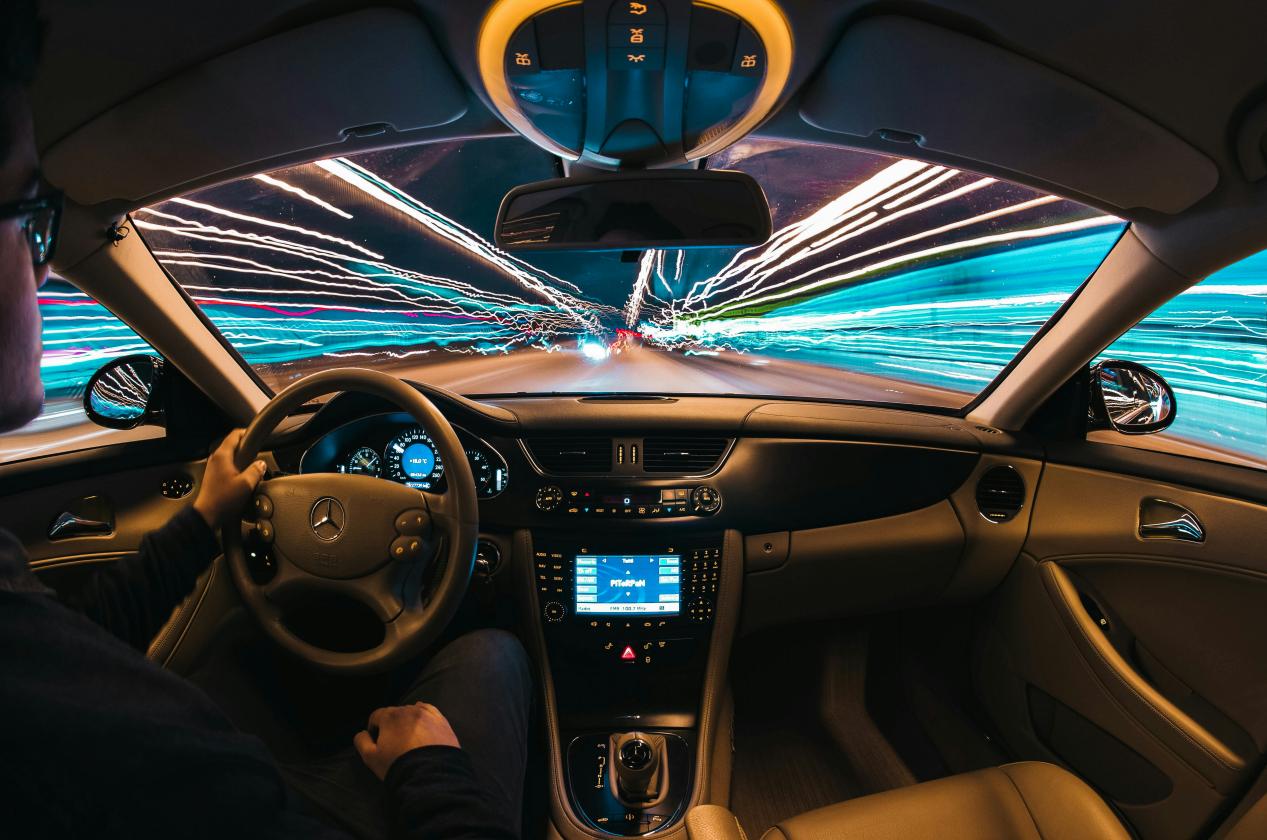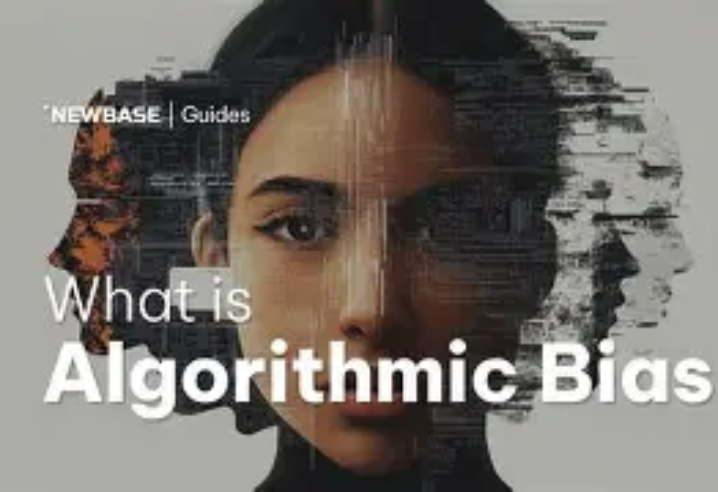When the last sunset glow is swallowed deep in the horizon, the expressway stretches endlessly into the distance like an inky ribbon. At this moment, the human in the cockpit has fallen asleep, and the breathing has reached some secret tacit understanding with the rhythm of the steering wheel shaking slightly. Outside the car, the intelligent driving system is weaving a fine protective net for this silent sleep at a neuron-level operation speed of 1 billion times per second.

This scene is not a science fiction setting. When autonomous driving entered L3 popularization stage, the definition of "driver" began to shift subtly. Bosch's latest research shows that more than 78% of late-night high-speed driving decisions have been made by AI, and the reaction time of human brain is forced to be extended to 12 seconds, which is the critical value defined as "off-line state" in cognitive science. When the headlights cut through the night, millimeter-wave radar is capturing abnormal data fluctuations 300 meters away with an accuracy of 0.02 microseconds, which is 147 times that of human vision.
What is even more fascinating is the "mechanical soul" of intelligent driving. Engineers have implanted a decision-making model similar to human subconscious in the algorithm-when the system recognizes that the driver enters deep sleep, the vehicle will automatically adjust the air conditioner to 18.7℃, which is the most ideal brain wave stable temperature confirmed by sleep physiology. At the same time, the suspension system will dynamically adjust the damping coefficient according to the smoothness of the road surface, and its accuracy can extend the sleep period by 17 minutes. This silent guardian is like a gentle cocoon room woven by technology in the dark night.

However, the real breakthrough lies in the intervention of emotional computing. The latest research of Massachusetts Institute of Technology found that when the vehicle senses that the passenger is in a dream fluctuation state, it will start the "emotional resonance mode"-by analyzing the change of alpha rhythm of brain waves, the decision-making system will automatically choose a smoother lane change strategy, and even adjust the ambient light inside the vehicle to the blue-green spectrum with a wavelength of 460nm, which can effectively inhibit the occurrence of dream-dreaming. The data shows that under this intelligent care, the proportion of drivers' deep sleep has increased by 23%, and the cortisol level has decreased by 34% after waking up.
This man-machine symbiosis is reshaping the meaning of modern travel. The data shows that the accident rate of intelligent vehicles is 83% lower than that of human driving at 2-4 am, but what deserves more attention is the change of psychological data: the anxiety index of people who rely on intelligent driving for a long time has decreased by 41%, while the serotonin level has increased by 29%. When science and technology began to take over the fields that were once regarded as human instinct, we gained not only efficiency, but also a brand-new way of existence.

At this moment, when your fingertips gently leave the steering wheel, the intelligent system will start the takeover process with a delay of 0.0001 second, which is so short that even the consciousness can't notice it. Outside the car, infrared sensors are tracking vehicles that deviate from the track 200 meters away. The 3D point cloud map built by LiDAR (Light Detection and Ranging) is updated 10 times per second. This silent guardian is just like technology giving us the gentlest dream gatekeeper role. In this secret way, human beings and machines are jointly completing a philosophical experiment on trust and dependence on the highway at night.


